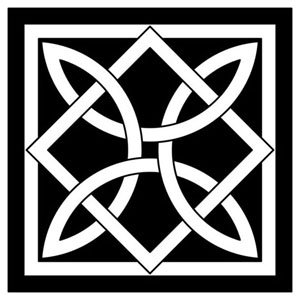Analysis of Archaeological Ceramics
3 Units
Instructor: Prof. Elena Lorenzetti
elena@casalecydonia.com
COURSE STRUCTURE
Morning Lectures: Monday – Friday, 8:30 AM – 12:30 PM (2 weeks)
Classroom: San Giovanni Battista
Lectures are dedicated to the presentation of material, ceramic technologies and evolution of ceramics in Italy from the archaic to modern age.
Afternoon Workshop: Monday – Friday, 2:00 PM to 6:30 PM (2 weeks)
As part of the course, students will be working on a field project – a complete analysis of a Roman Age ceramic’s context through visual inspection, scientific testing, morphological analysis, drawing, and a written scientific analysis of the context.
There also will be an afternoon visit to the nearby ancient Roman City of Carsulae.
Schedule
Course Description
No Prerequisites required
REQUIREMENTS: Courses SG 203B is complementary to this course and must be taken in the same session.
This course introduces students to the study of archaeological ceramics from multiple perspectives with a view toward acquiring the tools necessary for the full study of an archaeological context. Through lectures and hands-on workshops it examines both materials and production methods used over time in the Western world. Classes also study historical typologies of architectural ceramics and pottery that are found in Italian archaeological sites, analyzing archaeological artifacts from local excavations (6th C. BC – 20th C. AD) and learning to perform the following tasks: identifying and sorting ceramic sherds; performing typology analysis of “diagnostic” sherds (including analytical drawings and diagrams); and cataloging and documenting ceramic sherds.
Led by a practicing field archaeologist expert in Roman ceramics, this course forms the first half of the program Restoration and Analysis of Archaeological Ceramics. The lecture classes give an overview of ceramic technology and its evolution over time; it also explores the various typologies of pottery and architectural ceramics found in Italian archaeological sites. In the afternoon workshop students work with archaeological artifacts from local excavations (6th century BC – 20th century AD) and learn to perform analysis and documentation of sherds.
Course Objectives
The course studies materials and ceramic production methods, the history of ceramics and statistical methods of data elaborations.
The objectives of this course are to provide basic theoretical and practical knowledge and skills in the field of analysis of archaeological ceramics. For students planning a professional career as an archaeologist, this course is an introduction that will be a building block for further education. For students who plan to be involved in the process of conservation and historic preservation, this course offers a useful overview of the complementary issues and processes involved in the field.
Student Learning Outcomes:
Students who successfully complete this course will be able to:
Identify various ceramics, their use in antiquity, their physical properties, and choose the appropriate analyzing methods.
Catalogue, make diagrams and draw ancient ceramics.
Summary of Lecture Content
CERAMICS HISTORY AND PROCESS
Afternoon Workshop: Analysis of Archaeological Ceramics
Visual inspection
• Recognizing materials, techniques, marks and flaws
Scientific Testing
• Materials
• Dating
Analysis
• Morphology
• Clay forming
• Firing
• Materials
Clay
Inclusions
Tempers
Slips and glazes
• Stylistic analysis
Documentation and recording
• Drawings
• Diagrams
• Documentation
Description of Assignments
READINGS
Reading list supplied with acceptance to the program.
Grading
Participation/Field work: Complete various assignments that are given as part of the field project (50%).
Assignments: Term Paper #1: 8-page paper on the analyzed context (50%).
Grading scale:
94-100 = A. 90-93 = A-
87-89 = B+. 84-86 = B
80-83 = B- 77-79 = C+
74-76 = C. 70-73 = C-
67-69 = D+. 64-66 = D
60-63 = D- Below 60 = F










